Advertisement
Without Access To Studios, MassArt Professors (And Students) Get Creative
ResumeCollege campuses may have shut down, but school continues. And it has forced educators to make do with a lot less. More than their liberal arts colleagues, art instructors face an uphill battle without access to studios or materials — resources their students depend on.
From "chicken challenges" to homemade metal molds, teachers and students at the Massachusetts College of Art and Design have gotten especially creative. Here are some of their inventions.
The Chicken Challenge

When MassArt sculpture and drawing professor Chuck Stigliano found out campus would be closed for the rest of the spring semester due to the coronavirus, he emailed an (optional) assignment to his students. Their task? Make a chicken out of whatever materials they could find, and send a photo of it to the rest of the group. He called it "The Chicken Challenge."
"The real purpose was getting the students to communicate with each other and with me," Stigliano says. "And I knew there was a lot of unease, because I was feeling a lot of unease. And I thought, 'you could sculpt with anything.'"
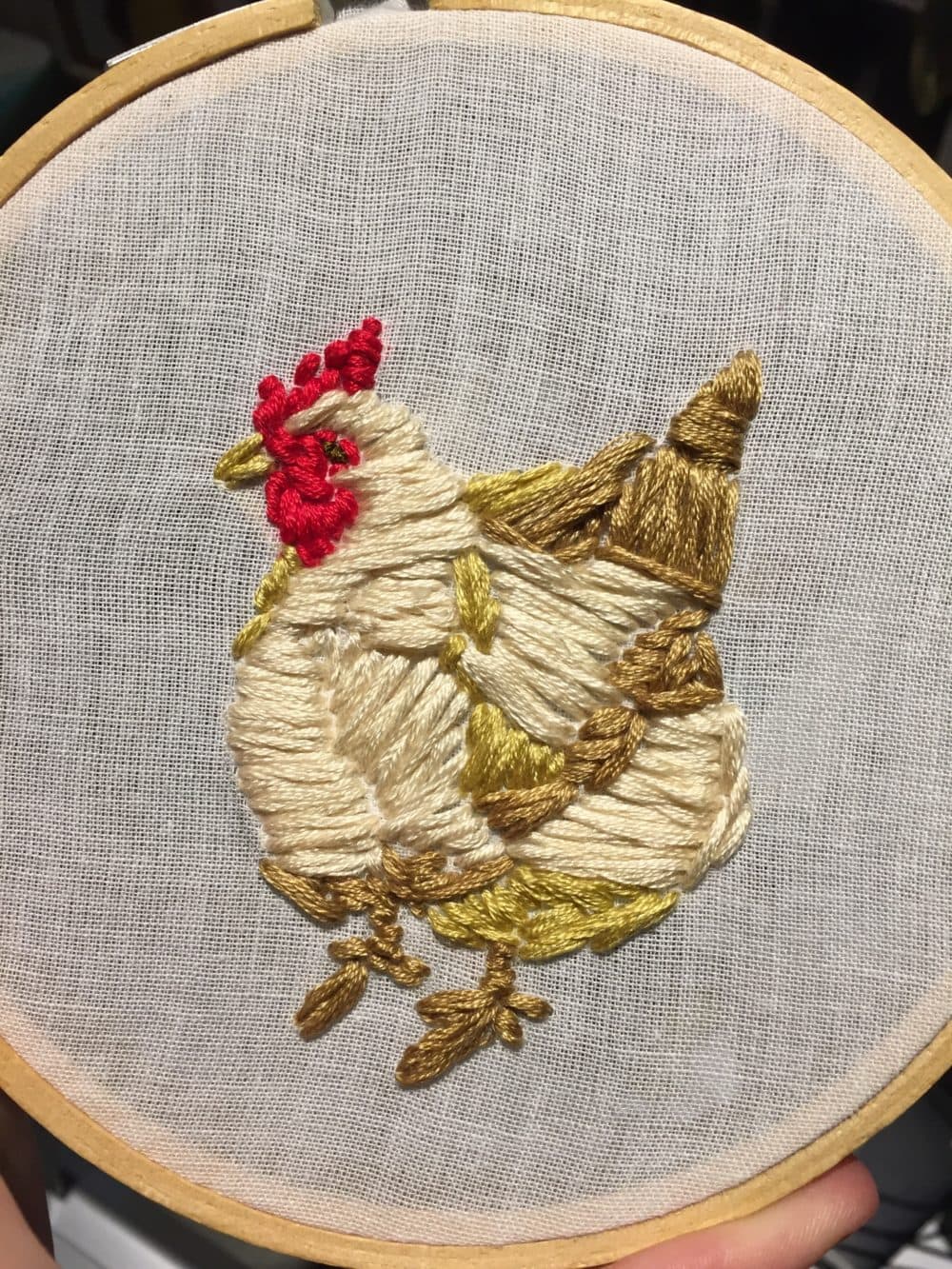
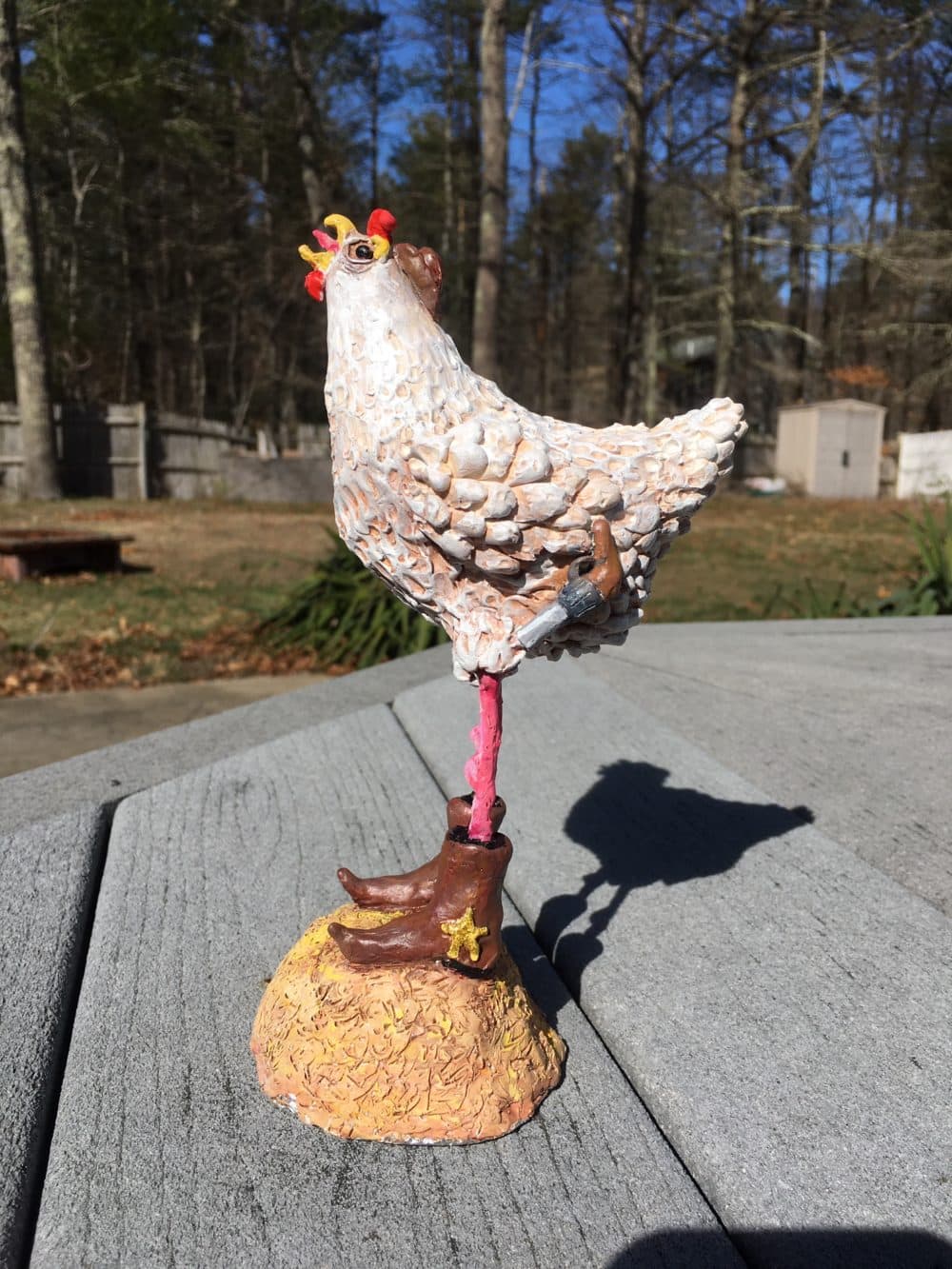
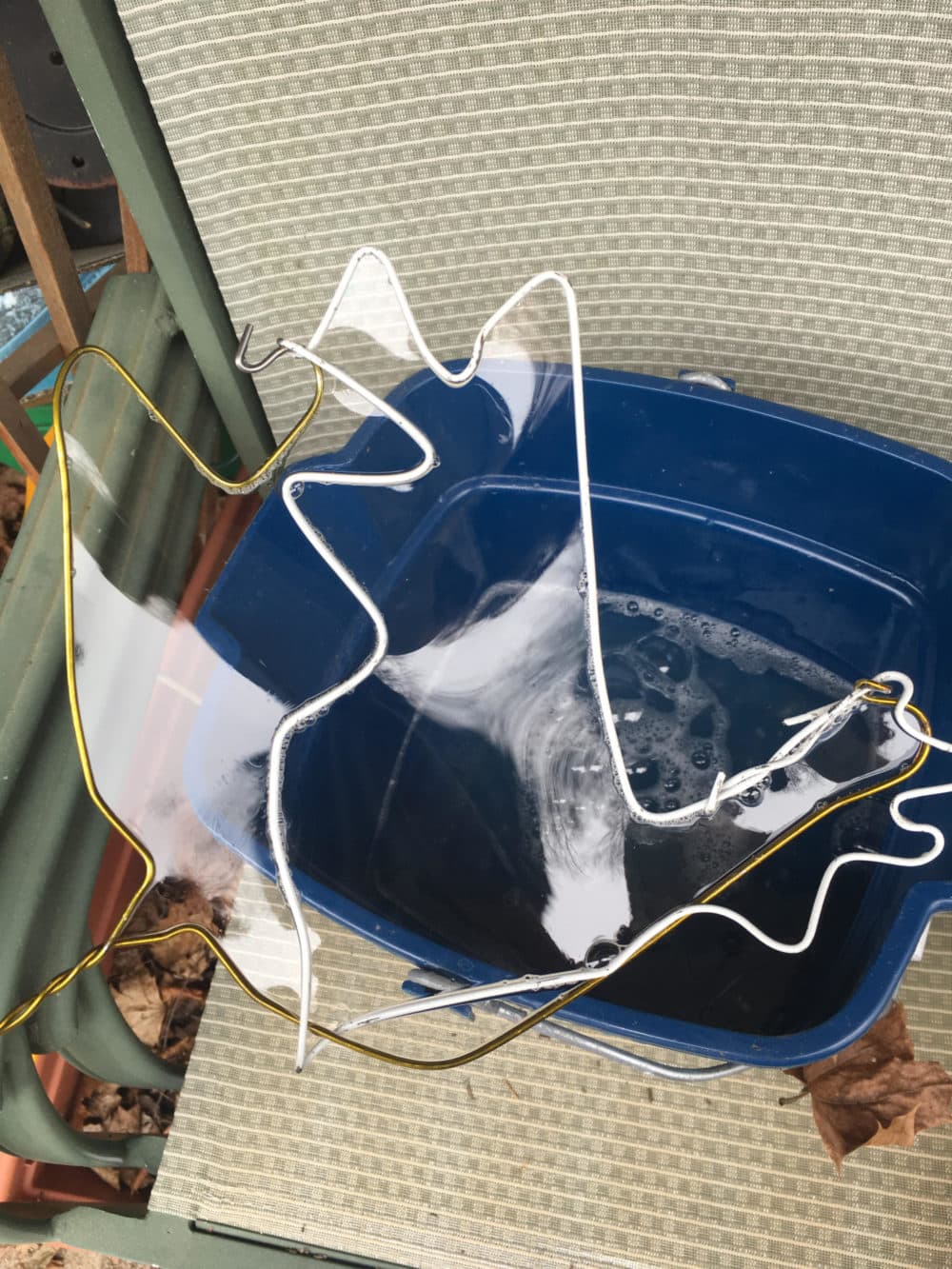
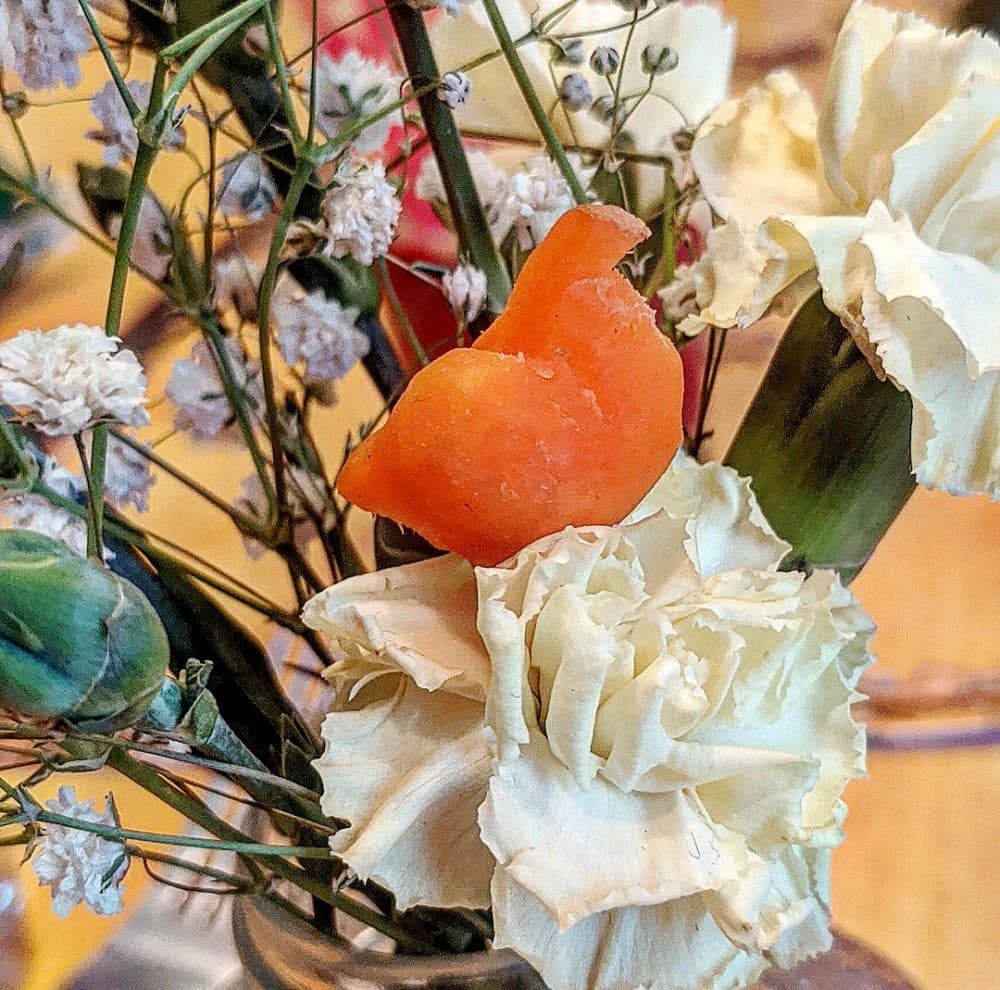
MassArt sculpture major Ellen Adams was sick in bed with symptoms of COVID-19 when Stigliano issued his challenge. From her bed, she tried to draw a chicken every day, and took delight in her classmates' whimsical creations.
"The humor about it was really great, and it was just a welcome distraction from the chaos that was happening at that time," Adams says.

Tinfoil Molds and Cake
Jason Loik, who teaches mold-making at MassArt, decided it would be easier to demonstrate techniques by making videos. In his first instructional video, he taught his students how to make a mold using tinfoil and bake a cake in it.
"This has really shaken it up," Loik says of teaching during the shutdown. "It has been stressful, but it's also been helpful. I think, you know, sometimes we, as educators, we get stuck in a rut. We go to our comfort zone. And I'd say a bit of that silver lining is, we had to adapt, and we had to adapt fast."
Casting Candy
Marjee Levine, an adjunct professor at MassArt, teaches metal casting — not a process you can easily duplicate in your home. Normally at this point in the semester, her students would be starting their final projects. Instead, she issued them a challenge: find something in your house that will melt, and cast it into a mold.
"It's all about problem-solving, it's all about ingenuity, it's all about working with what you've got," Levine says. "So that's what I'm trying to impress upon the students — and myself, too."

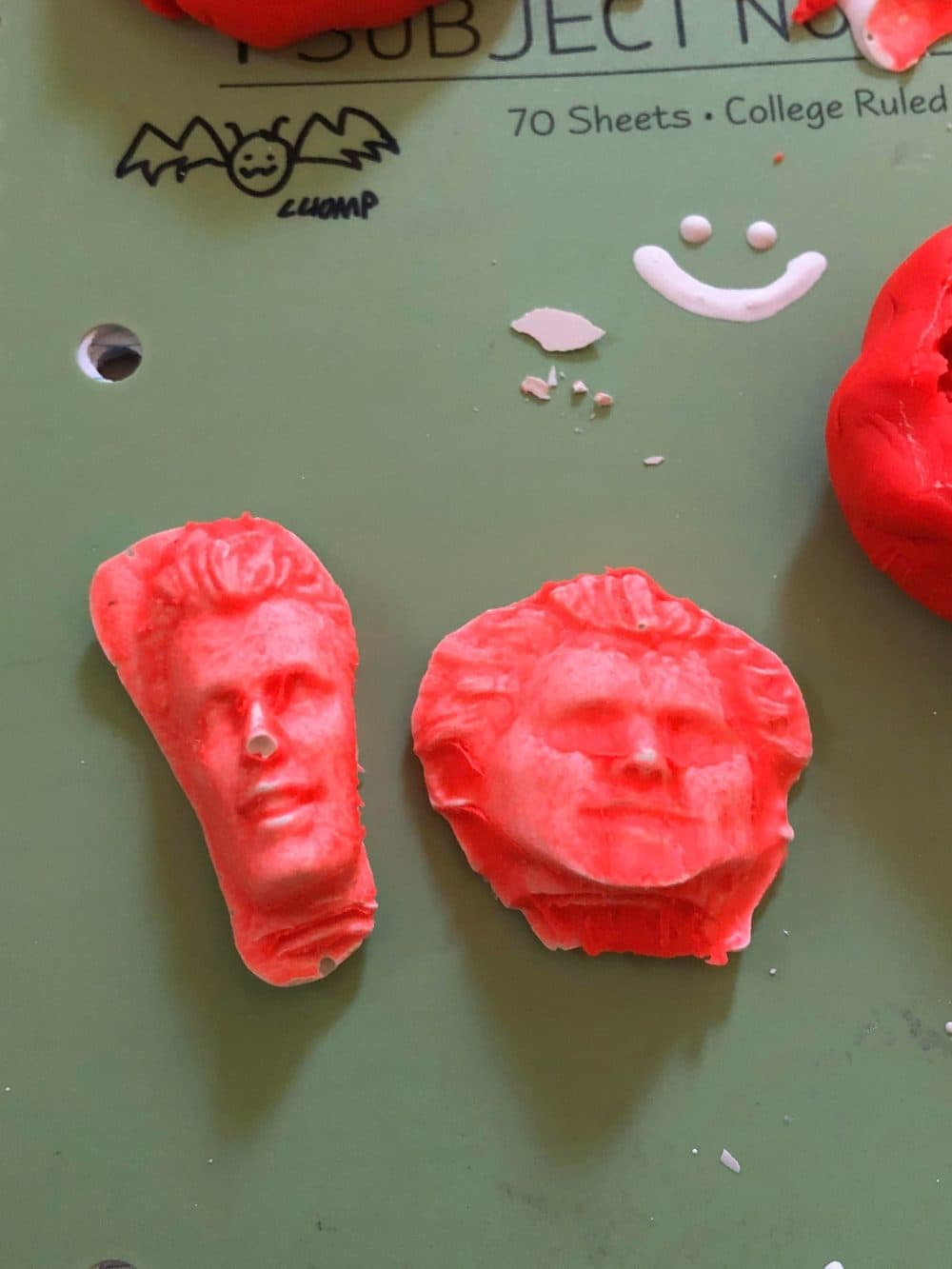
Since then, Levine has actually figured out a way for her students to cast metal at home, by melting a pewter-like material on the stove and casting it into a mold made out of cuttlefish bone. Cuttlefish spines, it turns out, are heat resistant and sold at most pet stores. Levine was able to get the college to ship the supplies to her students.
"It's not something that I normally would incorporate in a semester where we have full access to the shop," she says. "So in some ways, these kids are actually learning more than what they would have if we were at school."
Bonus Chickens
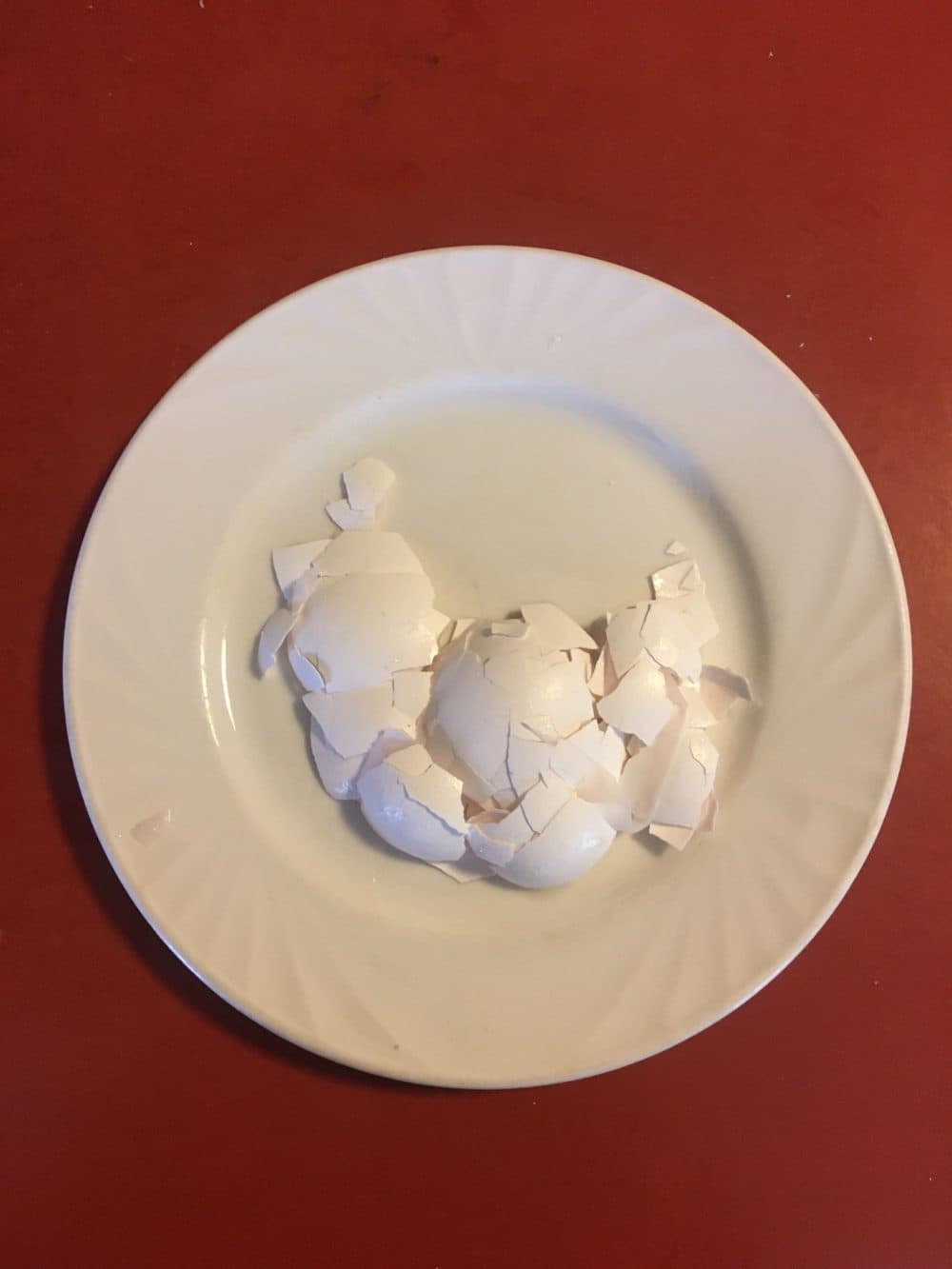
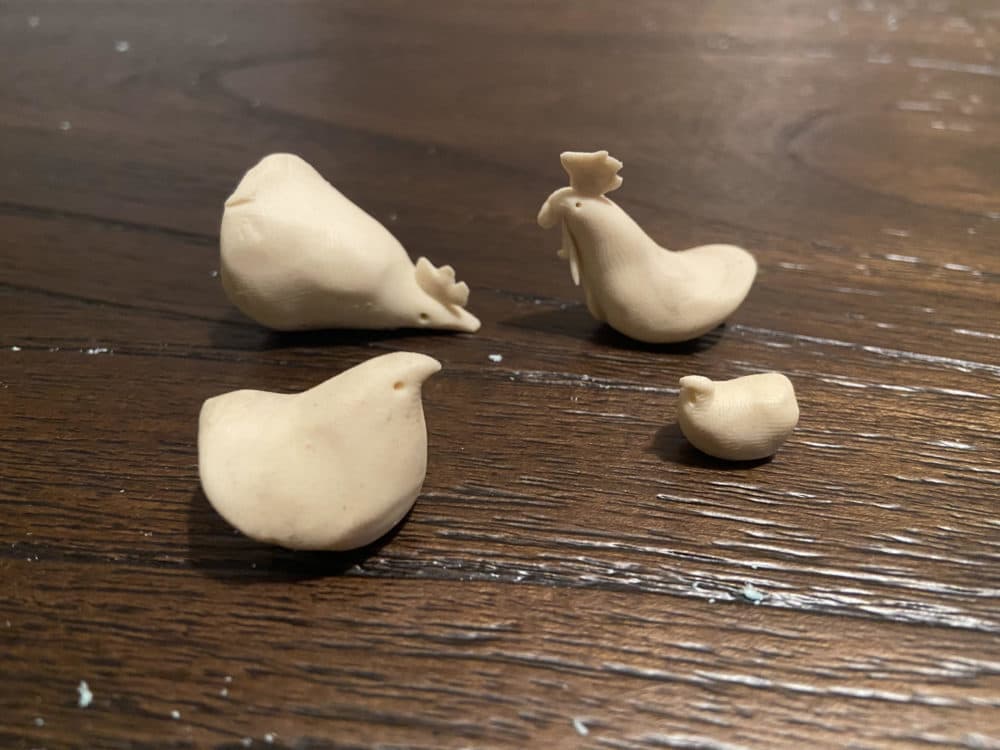
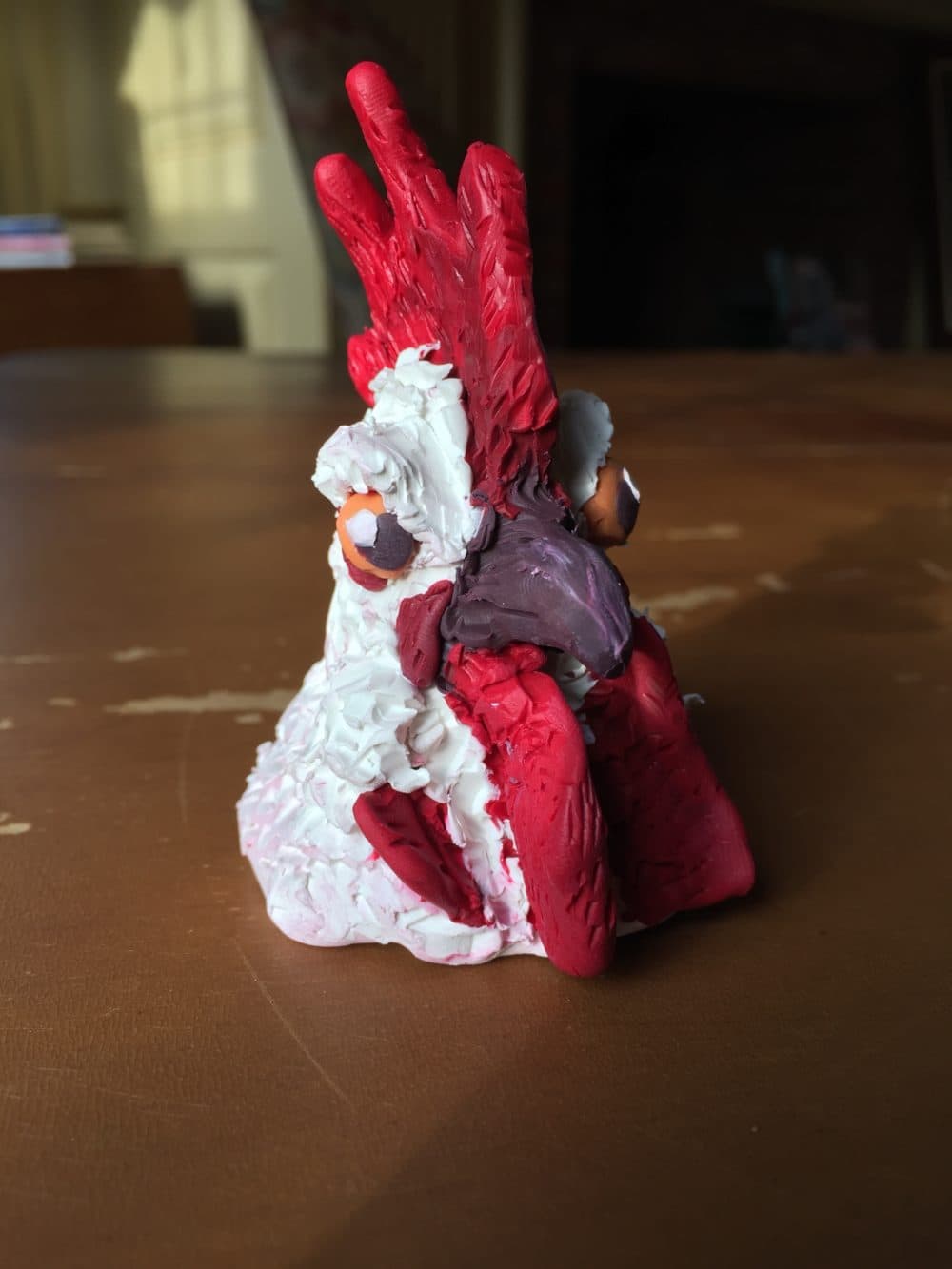
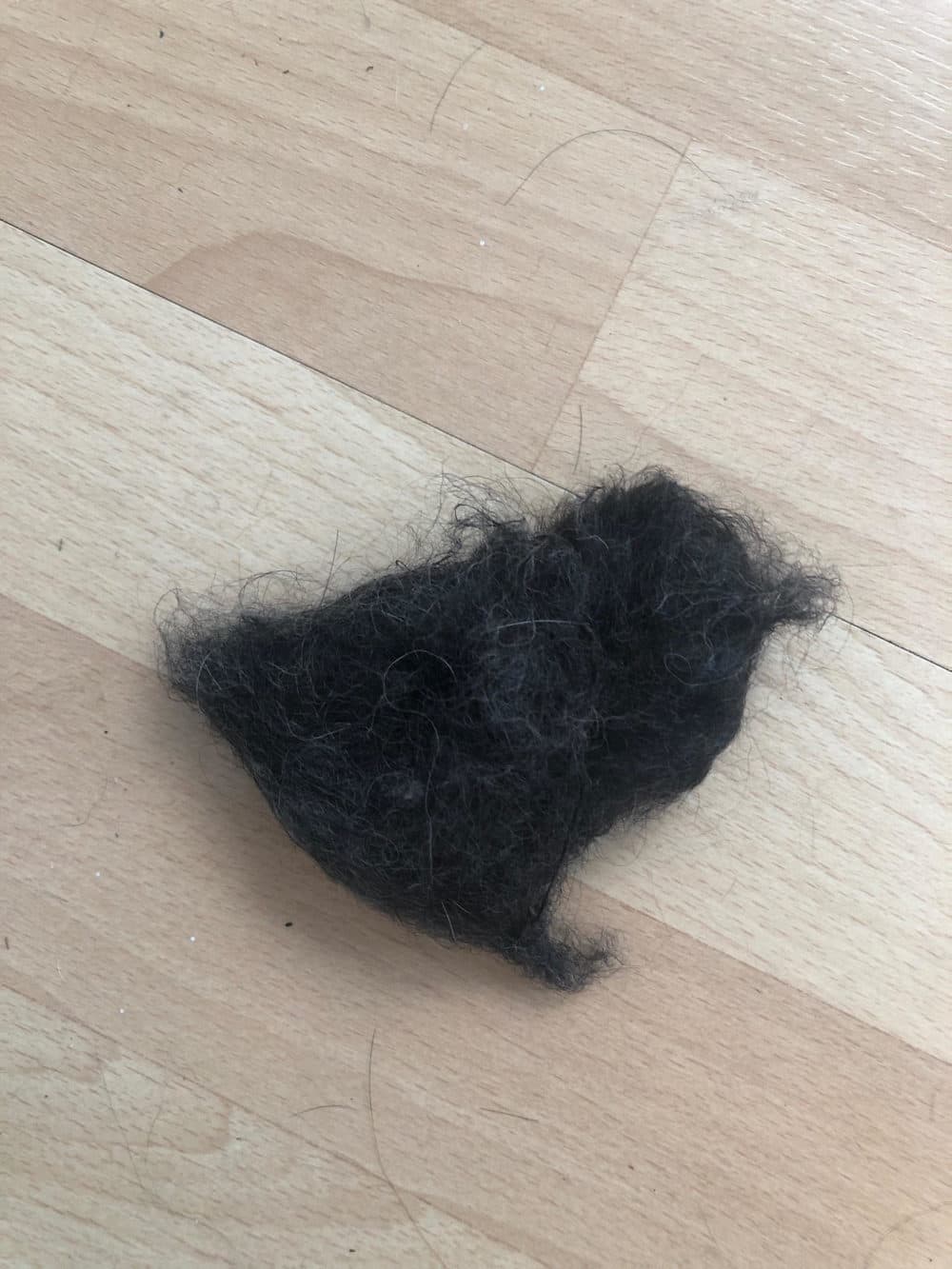
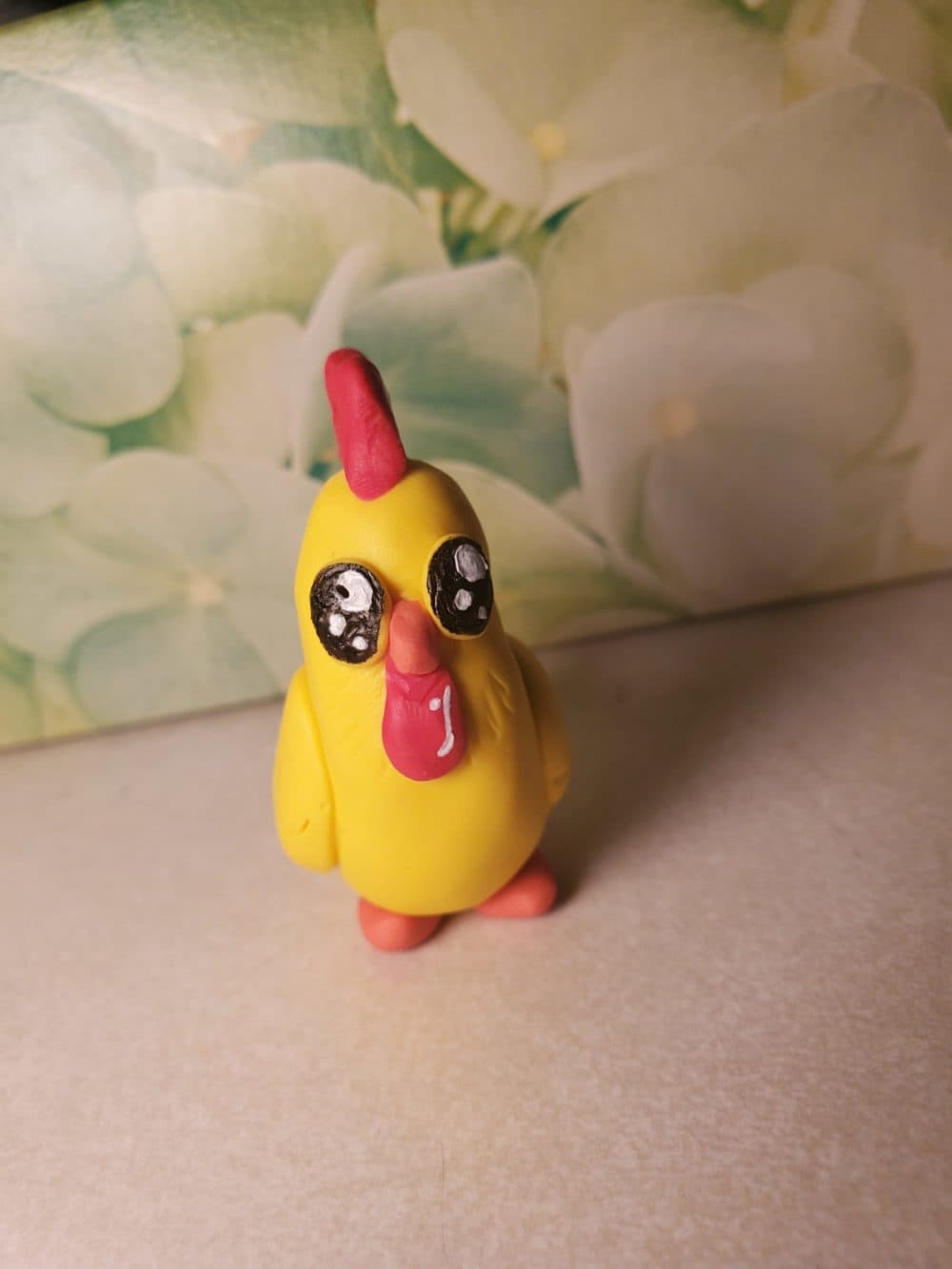
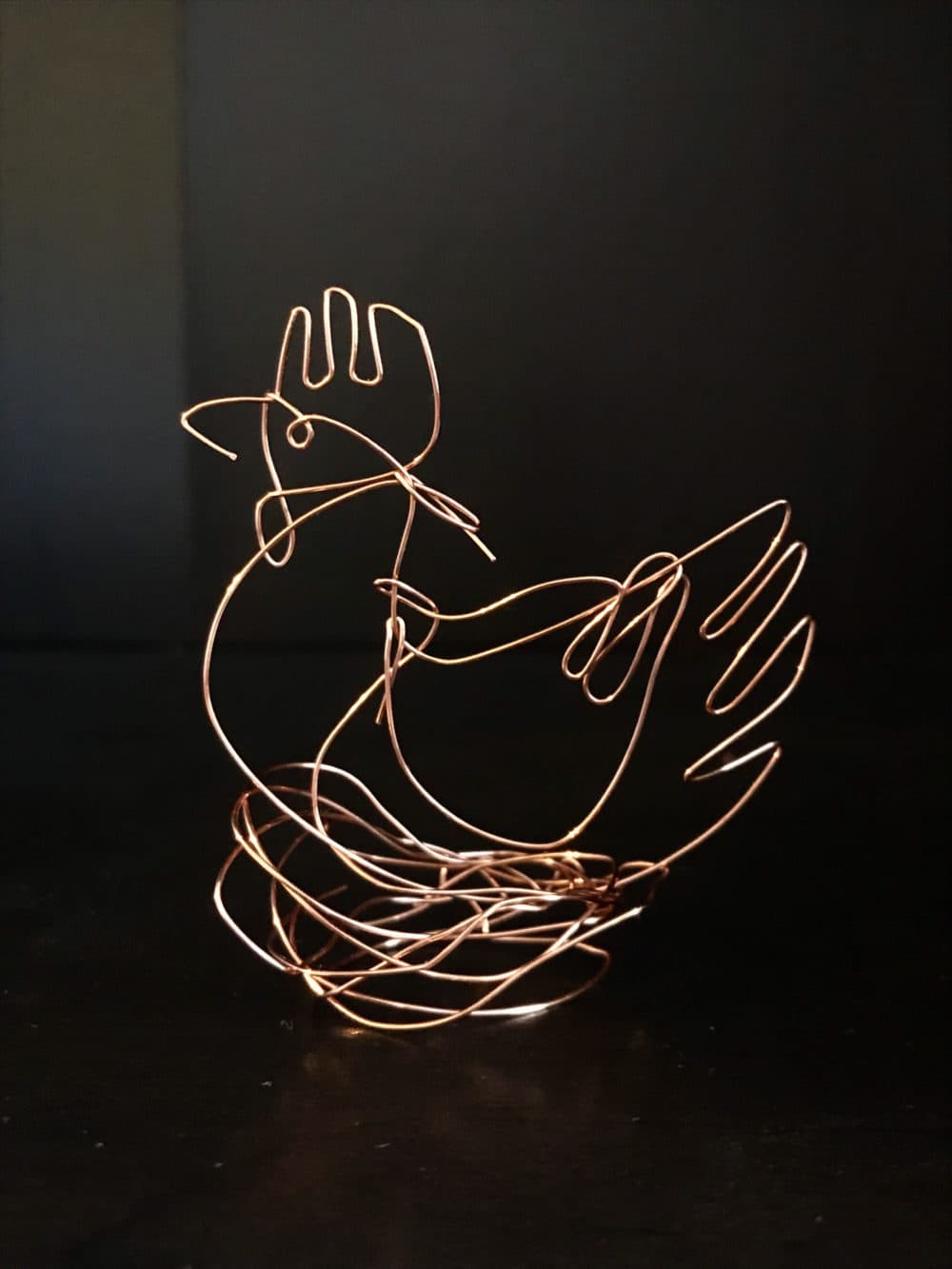
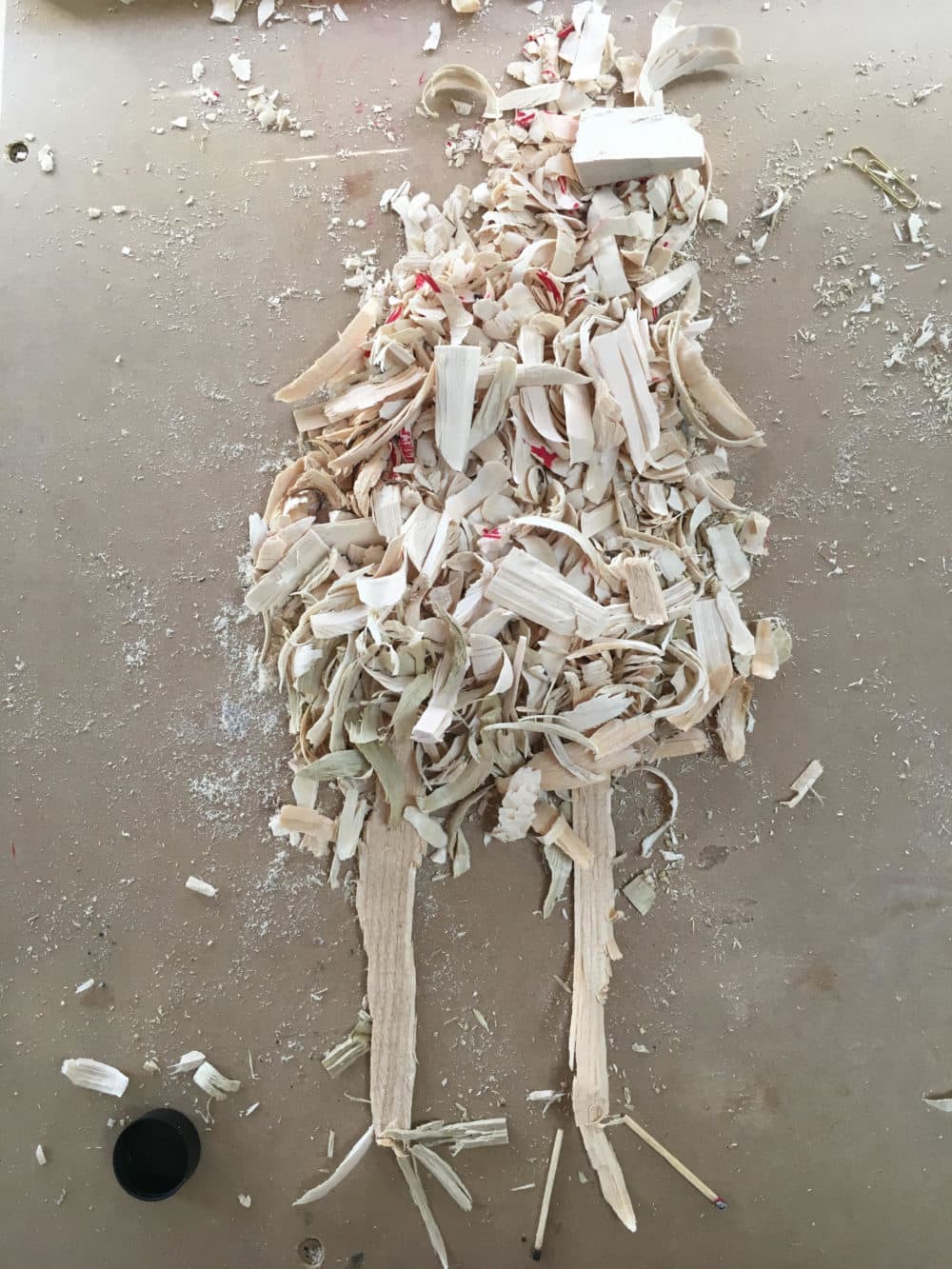
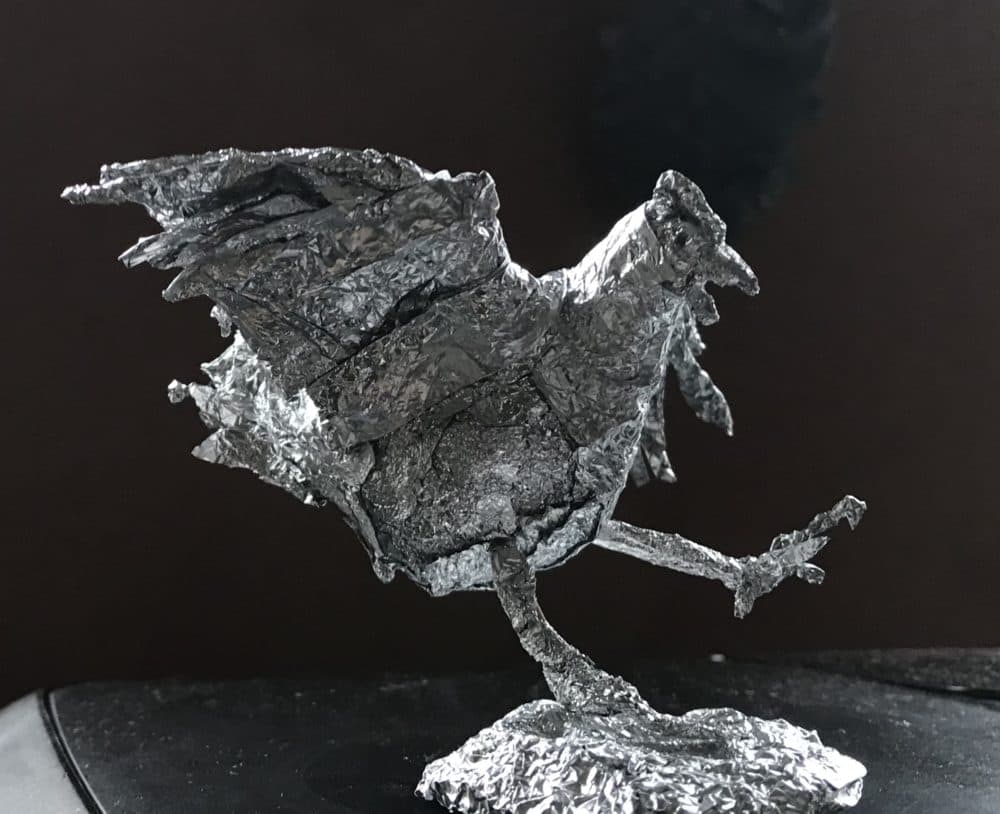
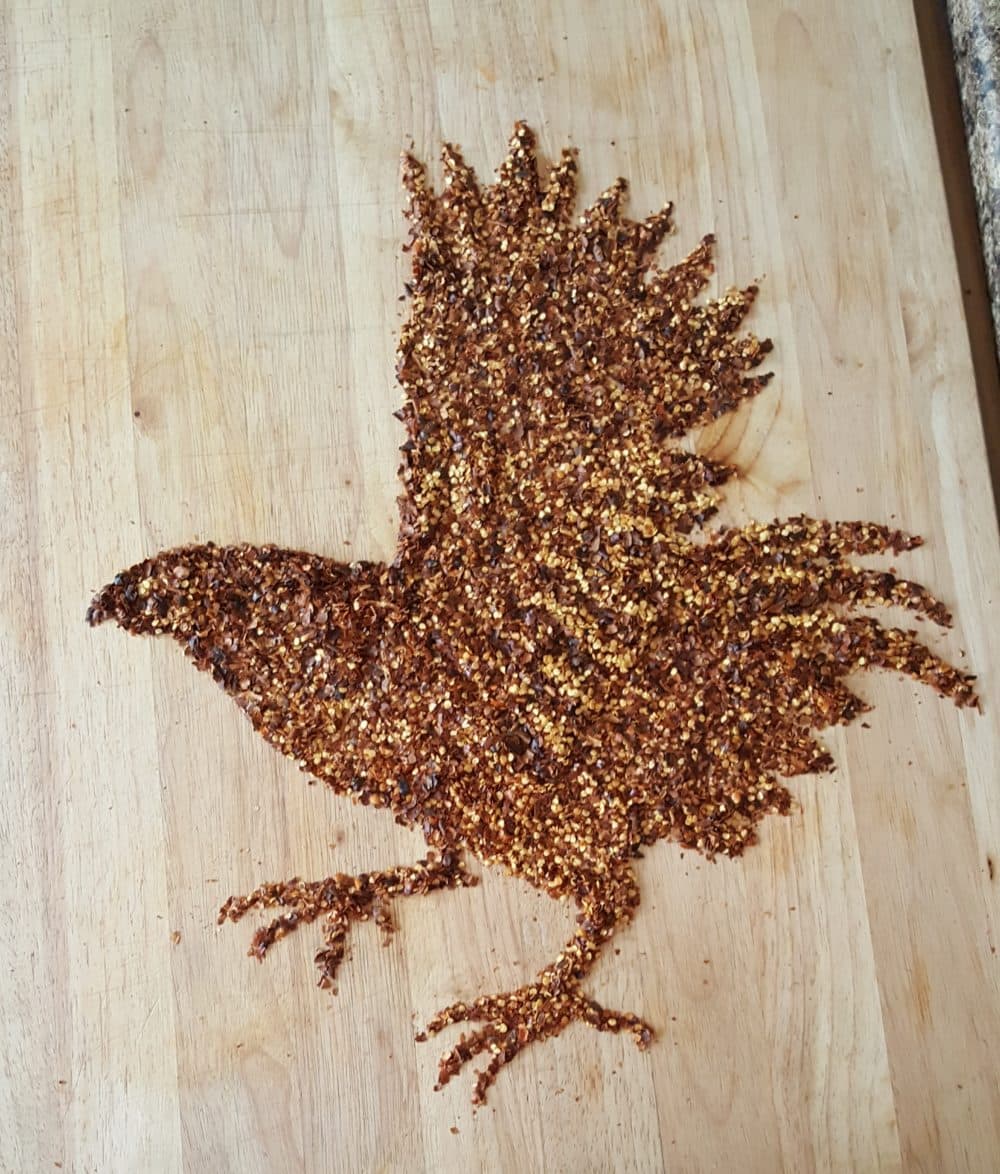
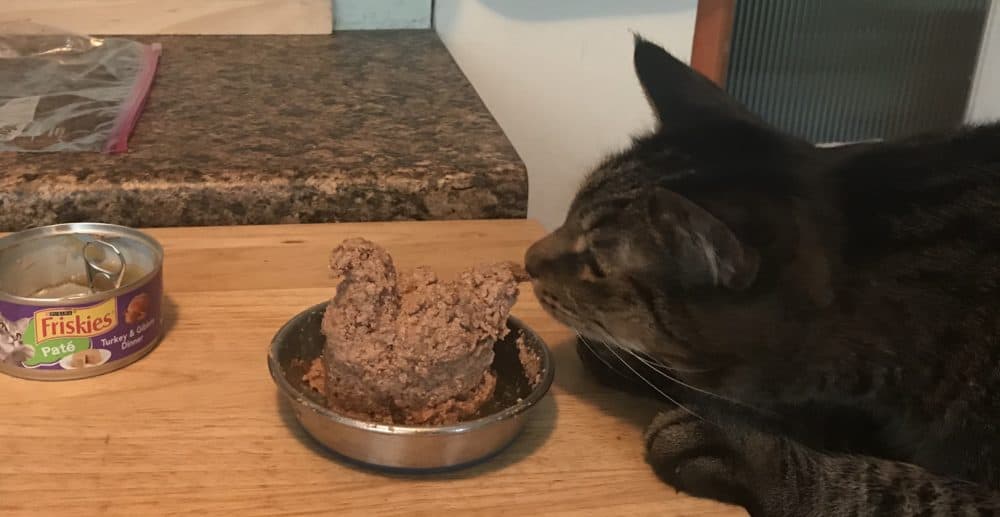
This article was originally published on April 16, 2020.
This segment aired on April 16, 2020.

